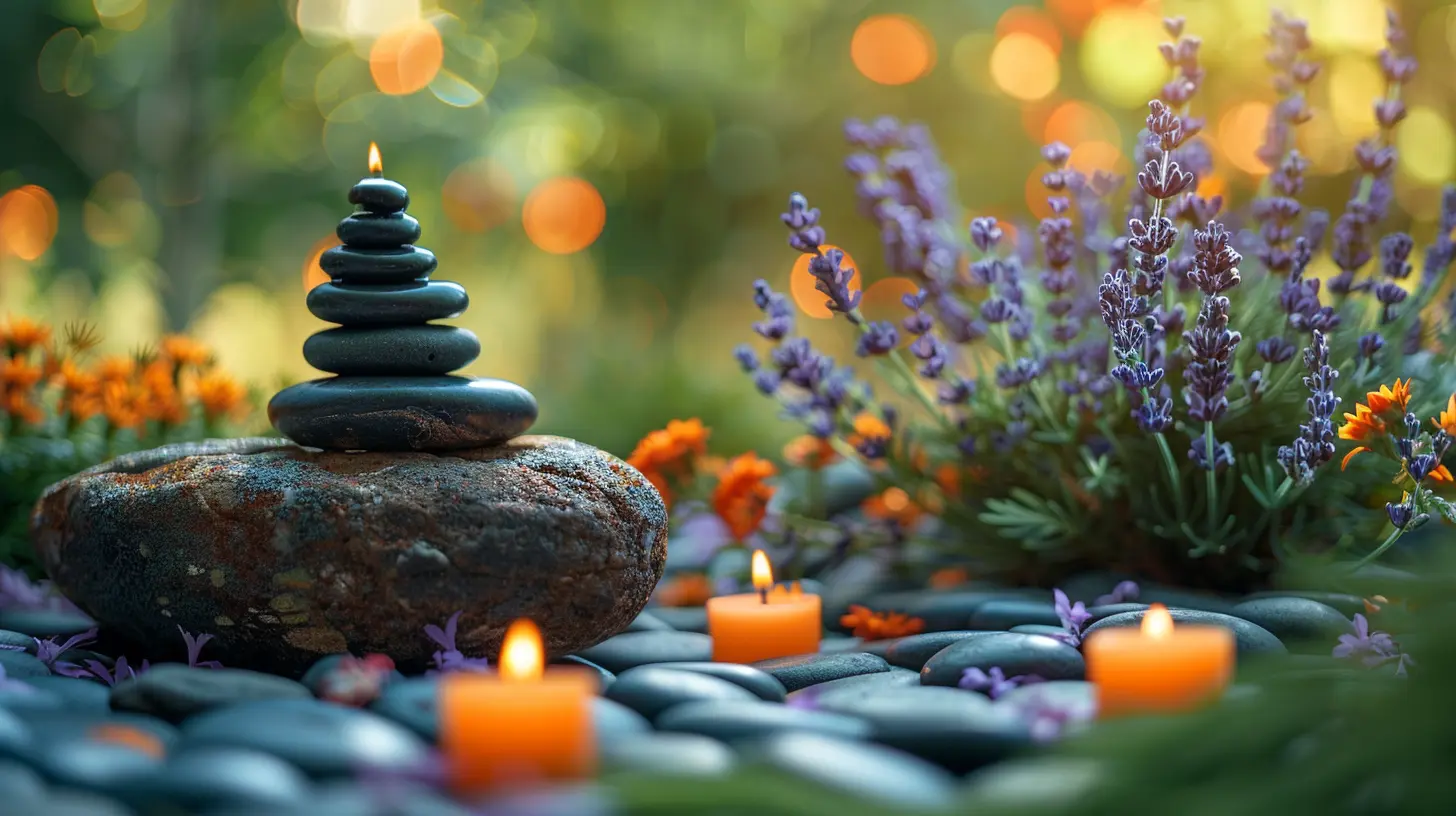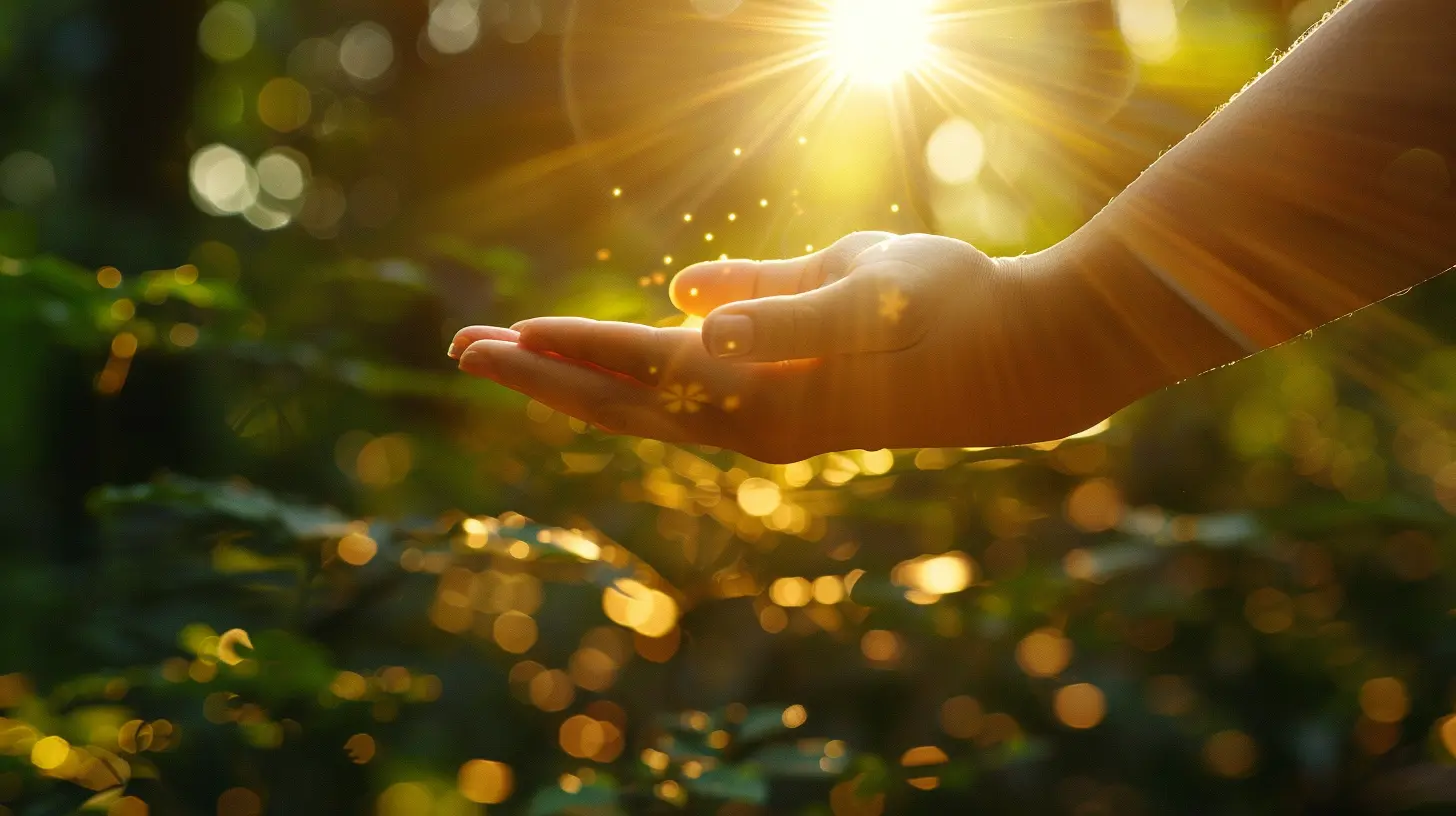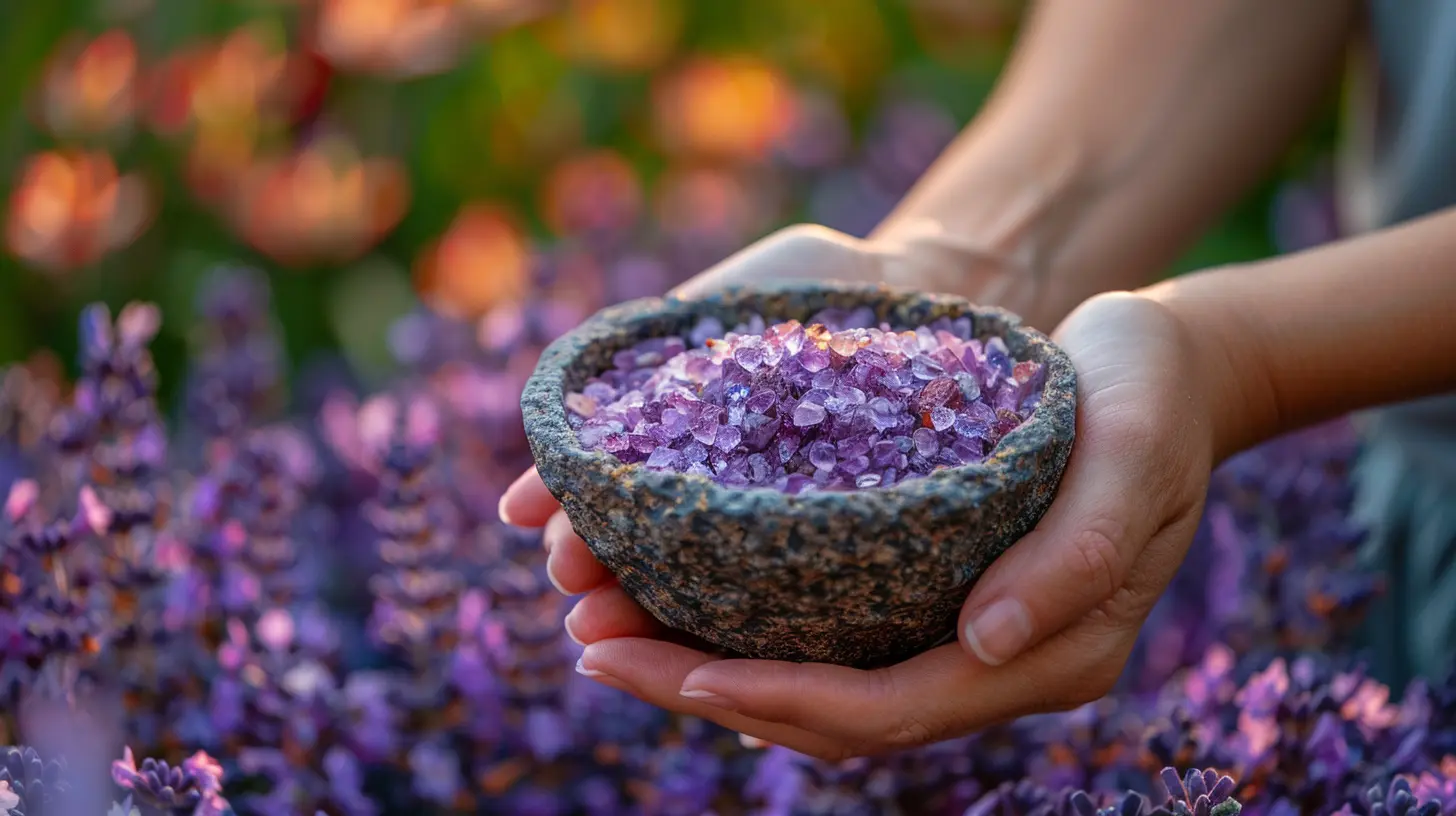Reiki and the Art of Energy Healing
20 November 2025
Ever felt emotionally drained or physically exhausted for no obvious reason? It might not be your body's doing, but your energy system waving a red flag. That’s where Reiki enters the picture—an age-old art of energy healing that works on a deeper level than just aches and pains. Reiki is all about balance, harmony, and tuning into the natural flow of life.
In this article, we’ll break down what Reiki really is, how it works, its benefits, and what you should expect if you ever decide to try it out yourself. Whether you’re a skeptic, curious, or someone already dabbling in the woo-woo world of energy healing, this guide will speak your language. So, grab a cup of tea, and let’s dive into the fascinating world of Reiki and the art of energy healing.
What is Reiki?
Reiki (pronounced ray-key) is a form of energy healing that originated in Japan in the early 1900s. The word itself is made up of two parts: “Rei” meaning "universal" and “Ki” meaning "life energy." Together, it loosely translates to “universal life force energy.”Still scratching your head? Think of it like this: everything in the universe—including you and me—is made up of vibrating energy. When that energy flows freely, we feel good—physically, emotionally, mentally. But when it gets blocked, we get sick, stressed, or off balance. Reiki practitioners act as conduits, channeling energy through their hands into your body to help unblock and balance your energy.
Simple, right? But don’t mistake “simple” for “ineffective.” Reiki may be subtle, but its effects can be surprisingly powerful.
Where Did Reiki Come From?
The roots of Reiki trace back to a Japanese Buddhist named Mikao Usui. He founded the practice in the early 20th century after a spiritual experience atop Mount Kurama. Usui believed that this energy could be used to heal the body, mind, and spirit. From there, Reiki spread across the globe, finding its way into hospitals, wellness centers, and even your neighbor’s living room.While the spiritual origins of Reiki are clear, the practice itself isn’t bound by any religion. It’s open to anyone, regardless of belief systems. Whether you're spiritual, scientific, or somewhere in between, Reiki has gained attention for its calming influence and real results.
How Does Reiki Actually Work?
Alright, let’s touch on the million-dollar question: how does Reiki even work?The short answer? By restoring balance to your body’s energy field.
Imagine your body as an intricate network of rivers—your blood vessels, nerves, and, less obviously, your energy channels or "chakras." Just like a real river, when debris gets stuck, the flow is disrupted. This can lead to a buildup—stress, emotional blocks, physical tension.
During a Reiki session, a practitioner places their hands either on or just above your body. They don’t manipulate muscles or tissues like a massage therapist would. Instead, they’re tapping into your energy field, like tuning a musical instrument that’s slightly out of tune.
Science hasn’t fully caught up with all the mechanics of Reiki, but theories suggest it might work through the vagus nerve, electromagnetic fields, or simply the placebo effect. Either way, if it helps you feel better, does it really matter how?
What Happens During a Reiki Session?
If you're expecting dramatic chants and incense clouds, you might be in for a surprise. Reiki sessions are usually very calm—think soft lighting, gentle music, and lots of cozy vibes.Here's how a typical session goes:
- You lie down on a massage table fully clothed.
- The practitioner may start at your head, moving their hands slowly down your body.
- Sometimes, there’s light touch; sometimes, they hover an inch above your skin.
- Most sessions last between 45 to 60 minutes.
Many people report feeling deeply relaxed, warm, or even emotional during the session. Some say they feel a tingling sensation or see colors behind their closed eyes. It's different for everyone.
And no, Reiki doesn’t hurt. Worst case? You just take an hour-long nap with relaxing music playing in the background.
Benefits of Reiki
So now the big question: why should you even care about Reiki?Well, here are some of the most common benefits people have experienced:
1. Stress Reduction and Relaxation
This one’s a given. Reiki's biggest win is helping people unwind. Just like a good meditation session or hot bath, Reiki activates your parasympathetic nervous system—the one responsible for rest and digestion.2. Improves Sleep Quality
Can’t sleep? Reiki might help quiet the mind enough to usher in deeper, more restorative zzz’s.3. Eases Pain and Soreness
Although it shouldn’t replace medical care, many use Reiki alongside traditional treatments to manage pain, from headaches to chronic conditions like arthritis.4. Enhances Emotional Clarity
Feeling stuck emotionally? Reiki can help peel away layers of stress, grief, or anxiety that might be clouding your mental space.5. Supports Mental Health
For people dealing with depression, anxiety, or PTSD, Reiki can provide a gentle, non-invasive way to support healing and encourage balance.6. Boosts the Immune System
While it's not a cure-all, the deep relaxation from Reiki has been shown to support immune function by reducing stress hormones like cortisol.Reiki vs. Other Energy Healing Methods
You might be thinking, “Isn’t this just like acupuncture or crystal healing or...” Well, kind of, but not exactly.- Reiki vs. Acupuncture: Both tap into the body’s energy system, but acupuncture uses needles to stimulate specific points.
- Reiki vs. Massage: Massage works on the body's soft tissues. Reiki works on your energy field.
- Reiki vs. Meditation: Meditation is self-directed. With Reiki, someone else is facilitating your relaxation and healing.
- Reiki vs. Crystal Healing: Reiki doesn’t require tools like crystals, though some practitioners combine them for extra oomph.
Each method has its own unique flavor, but Reiki stands out for its simplicity and universal accessibility.
Can You Learn Reiki?
Absolutely, and that’s one of the coolest things about it. Reiki isn’t just for “healers” or “gifted” folks. Anyone can learn it. There are three levels or “attunements” in Reiki training:1. Level 1 (Shoden) – Focuses on self-healing and hands-on healing for others.
2. Level 2 (Okuden) – Introduces distant healing and Reiki symbols.
3. Level 3 (Shinpiden or Master Level) – Prepares you to teach Reiki and perform master-level healing.
Learning Reiki is like unlocking a superpower you didn’t know you had. The more you use it, the more intuitive and natural it becomes.
Is Reiki Safe?
Yes—Reiki is generally considered very safe. It’s non-invasive, doesn’t involve any drugs, and can be used alongside other medical or therapeutic treatments. The key is to view it as complementary, not a replacement for traditional care.That said, always consult a healthcare provider for serious conditions. Reiki isn’t a magic bullet, but it can be a powerful part of your wellness toolkit.
Who Can Benefit from Reiki?
Reiki is for everyone. Here’s a quick list of people who might find it especially helpful:- Burned-out parents or professionals
- Students dealing with exam stress
- People recovering from illness or surgery
- Anyone navigating emotional trauma or grief
- Individuals looking to deepen self-awareness or spiritual growth
Even pets can benefit from Reiki! Yep, your anxious pup or aging cat might just thank you for it.
What to Look for in a Reiki Practitioner
Not all Reiki practitioners are created equal, so it pays to do your homework. Here’s what to keep in mind:- Check for certifications and training
- Read reviews or ask for referrals
- Trust your gut—if the vibe feels off, move on
- Ask questions beforehand: How long have you practiced? What can I expect?
A good practitioner will make you feel safe, heard, and comfortable. That's the energy you want to work with.
Final Thoughts: Is Reiki Right for You?
Here’s the thing: You don’t need to fully understand how Reiki works to benefit from it. Just like you don’t need to know quantum physics to enjoy the warmth of the sun.If you’ve been feeling energetically “off,” emotionally stuck, or physically drained, Reiki might just be the missing piece. Whether you try one session out of curiosity or dive headfirst into Reiki training, the art of energy healing has something powerful to offer—balance.
Give it a go. Worst case? You got to lie down and relax for an hour. Best case? You walk away feeling lighter, clearer, and more in tune with yourself.
all images in this post were generated using AI tools
Category:
Holistic HealingAuthor:

Eileen Wood

